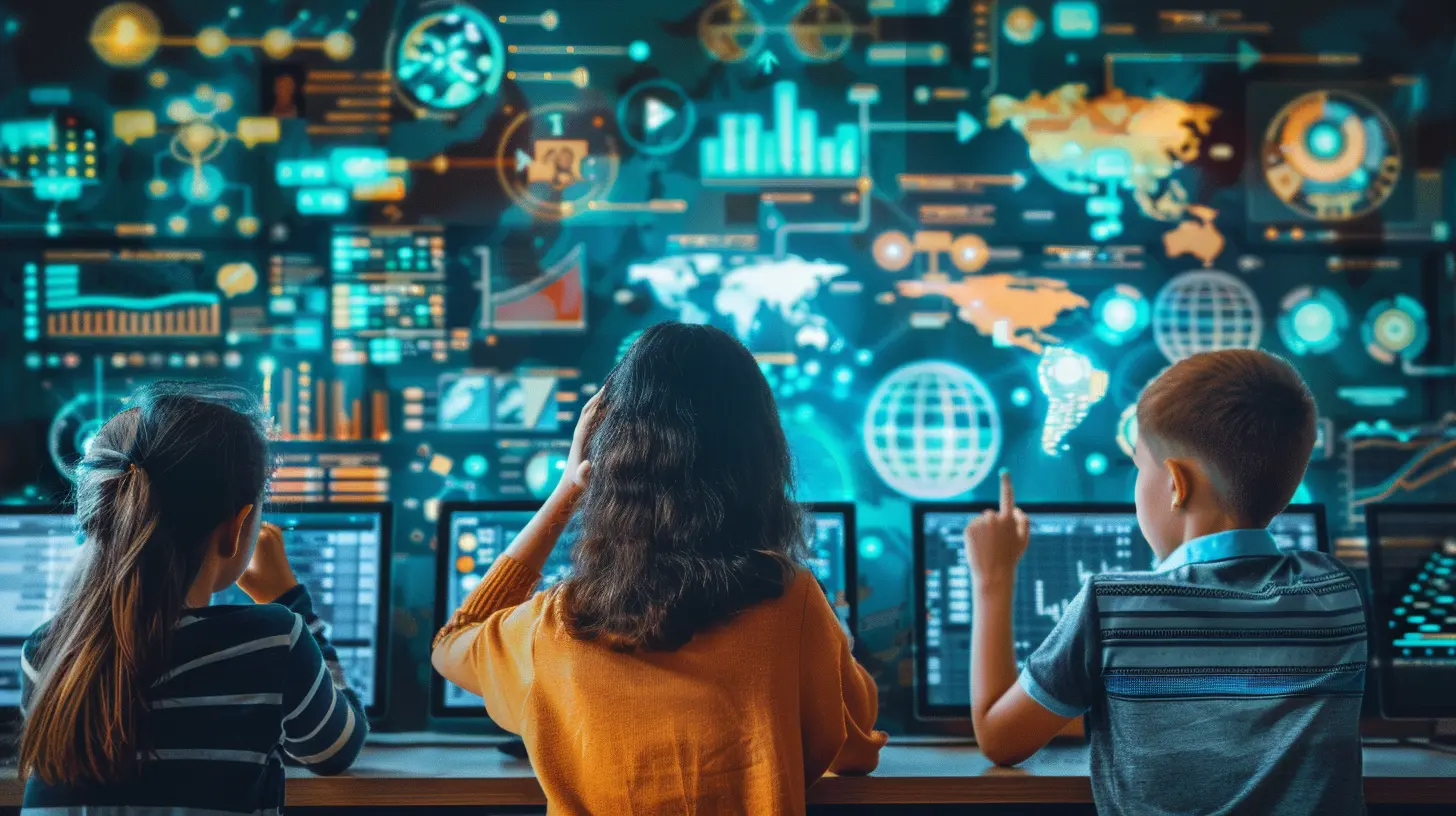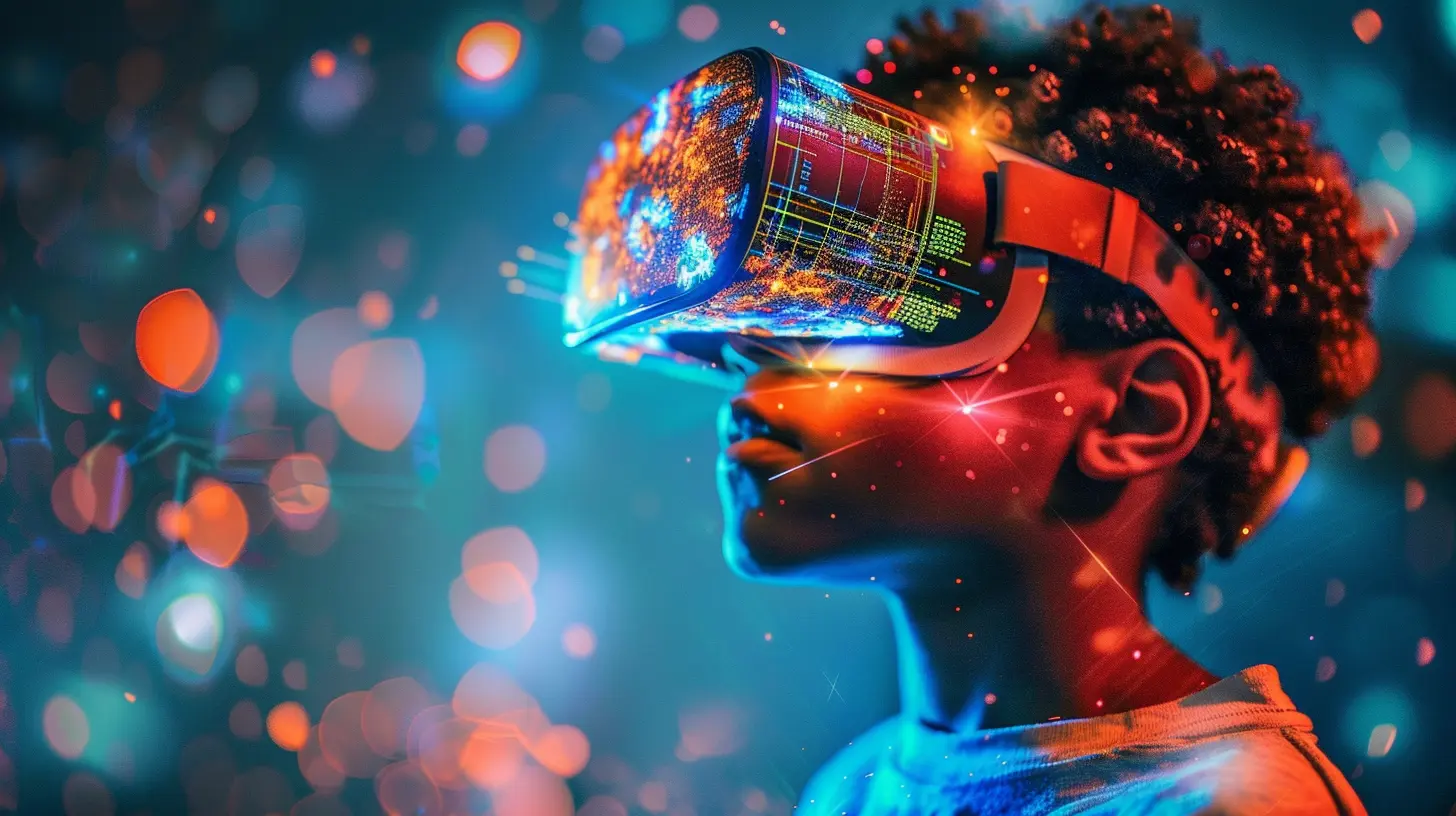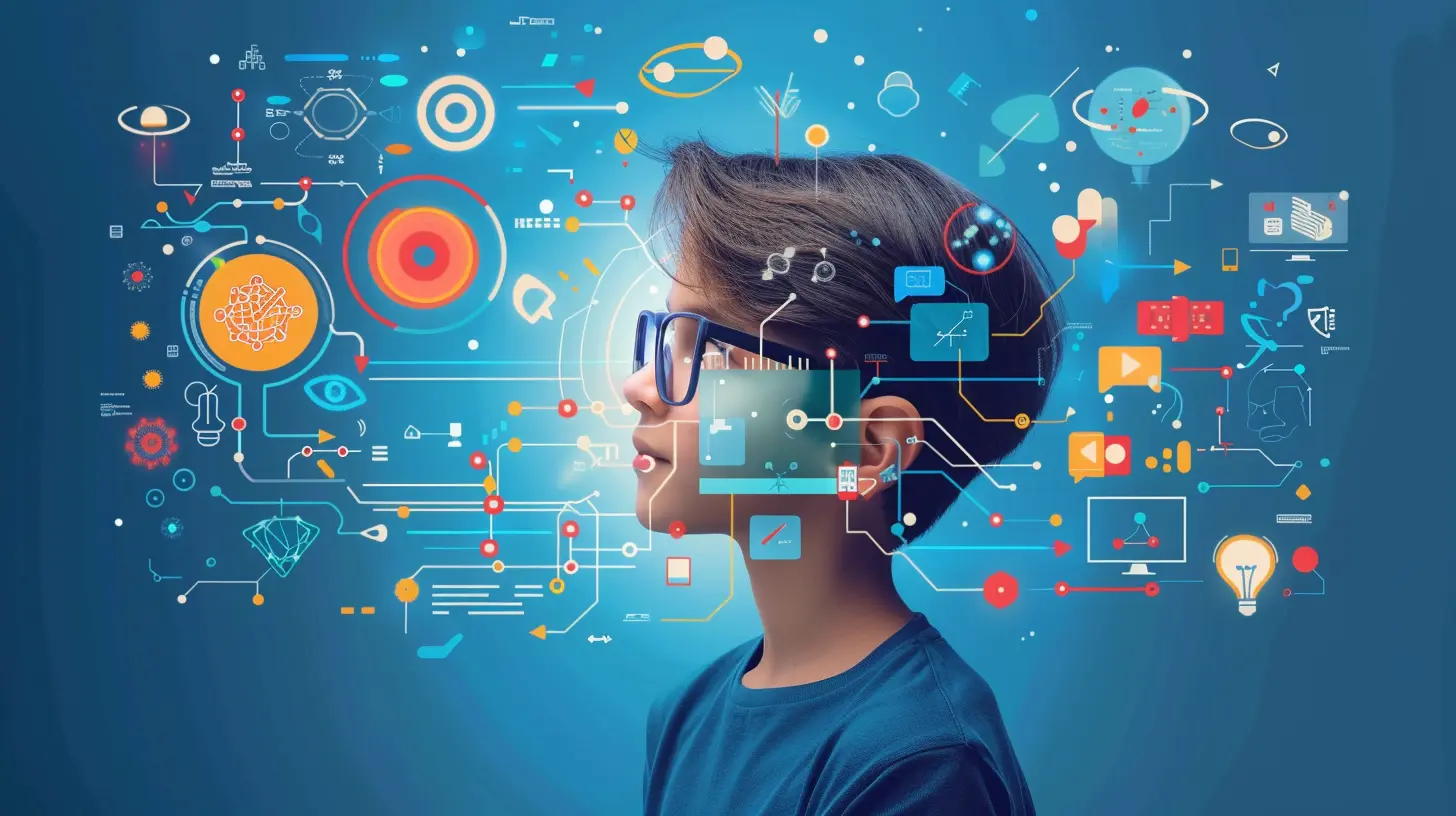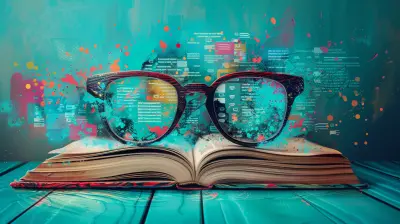The Role of Technology in Supporting Visual Learners
18 May 2025
In today's digital age, technology has become an integral part of education. For visual learners—those who absorb and process information best through images, charts, videos, and other visual aids—technology offers incredible support.
But how does tech specifically enhance their learning experience? And what tools work best for them? Let’s dive into how technology bridges the gap for visual learners and transforms education into something more engaging and effective.

Who Are Visual Learners?
Before we discuss how technology helps, let’s first understand who visual learners are. Visual learners prefer:- Seeing information rather than hearing it – They grasp concepts more easily through images, diagrams, and videos.
- Color-coded text and mind maps – These techniques help them organize and retain information.
- Visual storytelling – Concepts presented in a narrative format with images or animations resonate more with them.
In traditional classrooms, these learners often struggle with lecture-based teaching methods. But thanks to technology, they now have learning tools specifically designed to cater to their strengths.

How Technology Supports Visual Learners
1. Interactive Learning Tools
Gone are the days when textbooks were the only source of information! Today, visual learners can benefit from tools that create an immersive learning experience.📌 Smartboards & Digital Whiteboards – Platforms like Promethean and SMART Board allow educators to present lessons in a visually engaging way through interactive diagrams and animations.
📌 Infographic Creators – Websites like Canva and Piktochart help learners create visual summaries of complex topics, boosting retention and comprehension.
📌 Mind Mapping Software – MindMeister and XMind enable students to visually outline ideas, making note-taking more effective.
2. Video-Based Learning
If a picture is worth a thousand words, imagine what a video can do! Video-based learning is a game-changer for visual learners.📌 YouTube & Educational Platforms (Khan Academy, Coursera, Udemy) – These platforms provide video lectures that break down complex subjects into easily digestible lessons.
📌 TED-Ed & CrashCourse – Engaging animations on science, history, and even language topics make learning feel less like a chore and more like entertainment.
📌 Screen Recorders & Annotators – Tools like Loom and Screencast-O-Matic allow students to record and annotate lessons for future reference.
3. Augmented Reality (AR) & Virtual Reality (VR)
Wouldn’t it be awesome to walk through the solar system instead of just reading about it? AR and VR make this possible for visual learners.📌 Google Expeditions & Oculus Rift – These platforms transport students to virtual landscapes—from ancient Egypt to the human bloodstream—enhancing understanding through immersive experiences.
📌 Quiver & AR Flashcards – Augmented reality apps bring static images to life, helping students interact with subjects in a more engaging way.
4. Gamification & Educational Apps
Who says learning has to be boring? Gamification makes education fun while reinforcing key concepts in a visually stimulating way.📌 Duolingo & Memrise – Learning languages through icons, color-coded text, and game-like exercises improves retention.
📌 Quizlet & Kahoot! – Flashcards, quizzes, and game-based learning make studying less tedious.
📌 Prodigy & Mathway – Math-heavy subjects become more engaging with apps that use graphs, puzzles, and interactive problem-solving techniques.
5. Digital Note-Taking & Organization Tools
Keeping notes organized is essential for visual learners, and technology makes it easier than ever.📌 Evernote & OneNote – These apps allow students to create visually appealing notes with images, charts, and color-coded highlights.
📌 Notion & Trello – Organizing study materials visually through boards and lists helps learners track progress in a manageable way.
📌 Google Keep & Sticky Notes Apps – Quick visual reminders ensure that no important topic is forgotten.
6. E-Books & Audiovisual Reading Tools
For visual learners who struggle with plain text, e-books and audiovisual tools enhance the reading experience.📌 Kindle & Apple Books – Features like text-to-speech, highlighting, and image integration cater to visual preferences.
📌 Speech-to-Text & Text-to-Speech Software – Apps like Speechify and NaturalReader assist students in making connections between written and spoken words through visual cues.
📌 Comic Books & Graphic Novels for Learning – Platforms like Webtoon and Manga Classics offer an engaging way to absorb stories and historical events.
7. Online Collaborative Tools
Visual learners thrive when they can collaborate with peers in a structured yet visually engaging way.📌 Google Docs & Slides – The ability to insert images, charts, and diagrams helps in collaborative study sessions.
📌 Miro & Lucidchart – These online whiteboard tools allow teams to brainstorm through flowcharts and visual presentations.
📌 Padlet & Jamboard – Platforms that encourage group discussions with visual elements ensure an interactive learning experience.

Why Technology Is a Game-Changer for Visual Learners
Technology isn’t just a luxury for visual learners—it’s a necessity. Here’s why:✔ Increased Engagement – Interactive tools make learning exciting rather than monotonous.
✔ Better Retention – Seeing concepts in action helps information stick.
✔ Personalized Learning – Every learner absorbs information differently; technology allows customization.
✔ Overcomes Traditional Barriers – Traditional classrooms are often one-size-fits-all. Technology tailors education to individual needs.

Challenges & Solutions in Implementing Technology for Visual Learners
Of course, no system is perfect. While technology offers vast benefits, challenges still exist:❗ Information Overload
Too many resources can sometimes overwhelm learners.✅ Solution: Use structured learning apps that guide students step by step.
❗ Accessibility & Affordability
Not all students have access to high-tech resources.✅ Solution: Schools and communities should collaborate to provide affordable learning tools. Free educational platforms should also be promoted.
❗ Distractions
Endless online content can lead to procrastination.✅ Solution: Parental controls and focus apps like Forest can help keep distractions at bay.
Final Thoughts
Technology has completely reshaped learning for visual learners. Whether it’s through videos, interactive apps, AR experiences, or collaboration tools, tech bridges the gap between how they learn best and the education they receive.By integrating more technology into classrooms and personal study habits, visual learners can thrive in ways that were never possible before. So, if you’re a visual learner, embrace these modern tools—because learning should never be boring!
all images in this post were generated using AI tools
Category:
Learning StylesAuthor:

Monica O`Neal
Discussion
rate this article
3 comments
Diana Snyder
This article effectively highlights how technology enhances learning for visual learners by providing diverse tools and resources. While it emphasizes the benefits, it's also important to consider potential challenges, ensuring a balanced approach that meets the needs of all learners.
May 29, 2025 at 3:29 AM

Monica O`Neal
Thank you for your insightful comment! I completely agree that while technology offers significant benefits for visual learners, addressing potential challenges is crucial for creating an inclusive learning environment.
Tempest McDermott
Technology is a powerful ally for visual learners, enhancing engagement and comprehension. By integrating dynamic visuals, interactive tools, and tailored resources, educators can create impactful learning experiences that cater to diverse learning styles and empower students to thrive.
May 21, 2025 at 12:00 PM

Monica O`Neal
Absolutely! Technology indeed amplifies the learning experience for visual learners, making education more engaging and effective through innovative tools and resources.
Paris Collins
This article beautifully highlights how technology can bridge learning gaps for visual learners. By embracing innovative tools, we empower students to engage with content in meaningful ways. Let’s continue to advocate for diverse learning styles and create inclusive educational environments that foster every learner's potential.
May 18, 2025 at 3:14 AM

Monica O`Neal
Thank you for your insightful comment! I completely agree that embracing innovative tools is crucial for empowering visual learners and fostering inclusivity in education.



